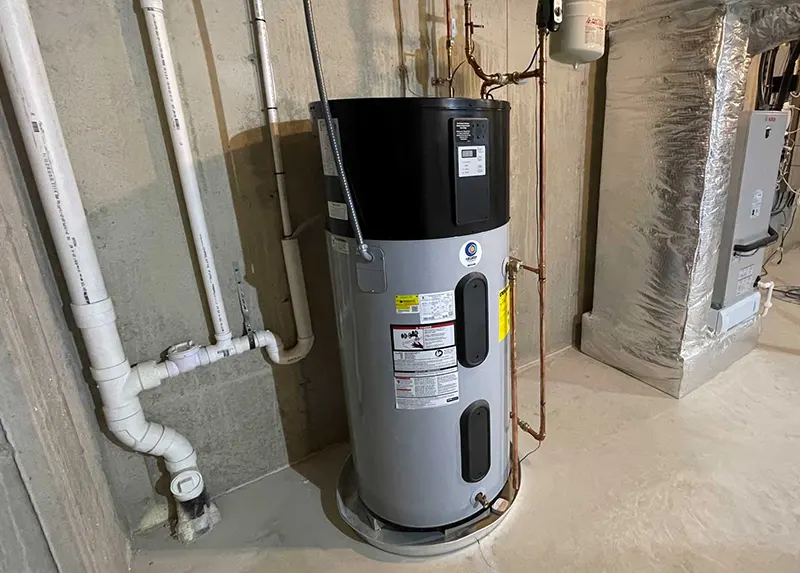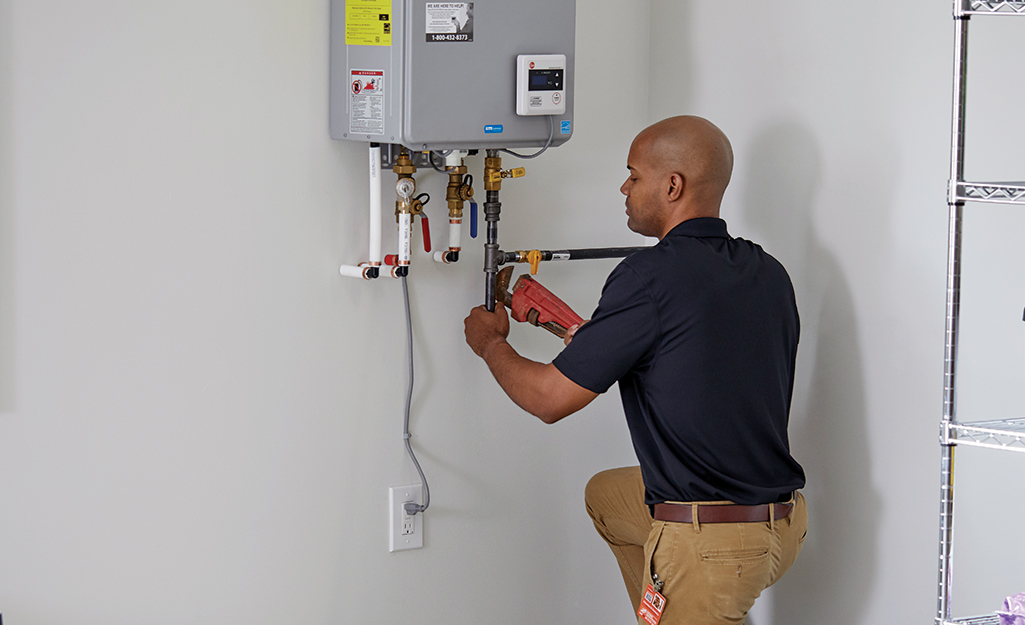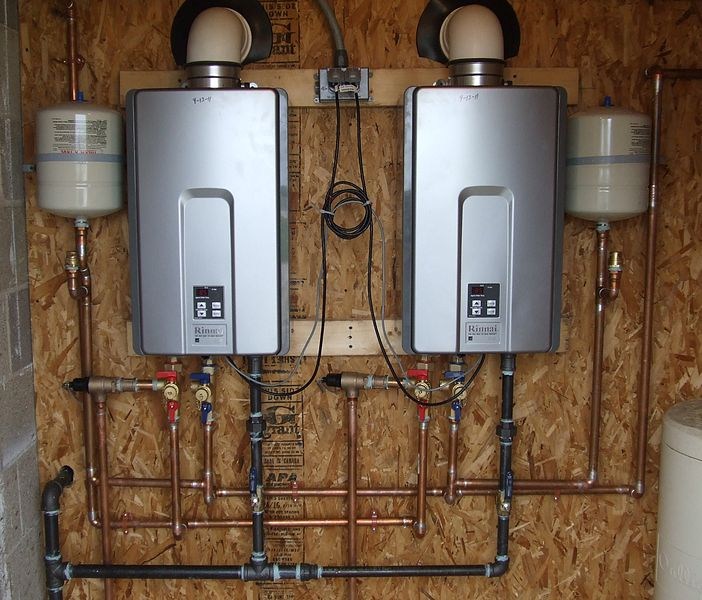Comprehensive Drain Cleaning Services to Ensure Healthy Plumbing
Comprehensive Drain Cleaning Services to Ensure Healthy Plumbing
Blog Article
Complete Guide to Water Heating SystemInstallation and Replacement
Comprehending the details of water heating system installment and substitute is critical for homeowners seeking to ensure efficiency and reliability in their hot water supply. From selecting the appropriate kind and dimension to implementing a smooth setup process, a number of aspects need to be thought about to prevent common mistakes.
Kinds Of Hot Water Heater
When thinking about water heating system setup and substitute, it is important to recognize the different types of water heaters readily available in the market. One of the most typical types consist of tank hot water heater, tankless water heating systems, heatpump hot water heater, and solar water heating systems.
Storage tank hot water heater are conventional systems that save a details quantity of warm water, making them conveniently available when required. They are normally cheaper upfront however may sustain higher energy prices gradually due to warm loss. In contrast, tankless water heating units provide warm water as needed, getting rid of the need for storage. They are power efficient and can conserve area, but their preliminary costs are usually higher.
Heatpump water heaters use power to move heat from the air or ground to warm water, supplying significant energy financial savings yet requiring more area and details installation conditions. Solar water heating systems harness solar power to warmth water, providing an environment-friendly choice with prospective lasting expense savings, although they often call for a backup system for gloomy days.
Understanding these alternatives makes sure educated choices concerning installation and replacement, satisfying particular demands and preferences.
Selecting the Right Dimension
Picking the ideal dimension for a water heating system is critical to make certain ideal performance and performance. A system that is too small will certainly have a hard time to meet house needs, resulting in inconsistent warm water accessibility and enhanced power usage. Conversely, an oversized water heating system can lead to unnecessary power waste and higher utility costs.
To figure out the ideal size, think about the household's optimal warm water usage. This can be calculated based upon the number of occupants and their normal hot water demands. A family of 4 might require a water heating system with a capacity of 50 to 80 gallons, depending on the use patterns, such as synchronised showers and laundry.
Additionally, examine the recovery rate, which gauges how rapidly a heating system can renew warm water after it has actually been made use of. For tankless versions, concentrate on the flow price, determined in gallons per min (GPM), to guarantee it meets the home's simultaneous demand.

Setup Refine Introduction

Following, the old system must be separated and eliminated, making sure to adhere to regional codes and policies relating to disposal. When the old unit is out, the brand-new hot water heater can be positioned in area. This step entails linking the water lines, making sure that all fittings are safe and secure and leak-free.
After developing water connections, it's vital to link the power supply, whether electric or gas, complying with the manufacturer's directions meticulously. When all links are made, the system ought to be loaded with water, and the power can be turned back on. It's important to check for leakages and make certain the water heater is working appropriately before completing the setup procedure.
Common Installation Mistakes

One more regular blunder is disregarding to adhere to local codes and regulations. Stopping working to stick to these criteria can not only lead to safety dangers yet might also result in expensive fines or the demand for pricey reinstallation.
Stopping working to secure connections or utilizing the incorrect kind of installations can lead to leakages and water damages. By avoiding these usual installment blunders, house owners can ensure their water heating unit operates safely and effectively, optimizing performance read the article and long life.
Upkeep Tips for Longevity
Correct maintenance of a water heating system is necessary for its long life and optimum efficiency. Routine examinations and servicing can protect against expensive repairs and extend the appliance's life-span. Begin by examining the temperature level setup; it should commonly be set in between 120 ° F and 140 ° F for ideal power efficiency and safety and security.
Every six months, purge the tank to eliminate debris accumulation, which can harm heating effectiveness and cause rust. To do this, switch off the heater, attach a hose to the drainpipe shutoff, and let the water run up until it is clear.
When they are rusted,Anode poles should be navigate to this website checked annually and replaced. These poles aid prevent storage tank deterioration by attracting corrosive aspects in the water.
In addition, check the pressure relief shutoff routinely to guarantee it is operating appropriately. This valve is important for stopping too much stress buildup within the tank.
Finally, think about setting up a specialist maintenance check every few years for comprehensive assessments and maintenance. By sticking to these upkeep pointers, homeowners can considerably improve the effectiveness, security, and life expectancy of their hot water heater, making sure trusted warm water for years to come.
Conclusion
In conclusion, proper installation and maintenance of water heaters are important for guaranteeing efficiency and durability. By understanding these necessary aspects, home owners can accomplish a reliable hot water supply while minimizing prospective concerns related to water heating unit procedure.
Comprehending the details of water heater installment and replacement is important for homeowners seeking to make certain efficiency and dependability in their warm water supply.Tank water heaters are conventional systems that save a specific volume of warm water, making them conveniently available when needed. In comparison, tankless water heating systems offer hot water on need, removing the need for storage space. Selecting a water heating unit that is either as well tiny or too large can lead to ineffectiveness, resulting in poor warm water supply or excessive energy usage.
By comprehending these crucial aspects, home owners can achieve a reputable warm water supply while lessening possible concerns connected to water heater operation. drain cleaning.
Report this page